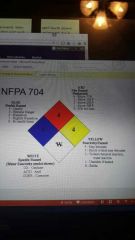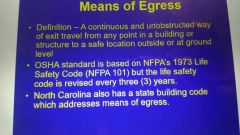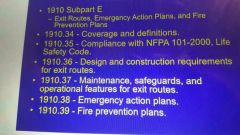![]()
![]()
![]()
Use LEFT and RIGHT arrow keys to navigate between flashcards;
Use UP and DOWN arrow keys to flip the card;
H to show hint;
A reads text to speech;
12 Cards in this Set
- Front
- Back
|
Sound |
The effect of pressure changes in air caused by vibration or turbulence |
|
|
Noise |
Unwanted sound |
|
|
Amplitude |
The amount of sound pressure measured in decibels |
|
|
Frequency |
The rate of vibration. Per unit time measured in cycles per second, more commonly known as hertz range of normal perception for young person is 20-20,000 Hz |
|
|
Decibel (dB) |
Scale is a log-based scale developed to quantify sound |
|
|
Effects of noise |
Hearing loss- noise will first produce a temporary loss of hearing, but gradually with more exposure, this loss becomes permanent Tinitisz a continual ringing in the ears |
|
|
Non-auditory effects |
A while set of body responses with unknown long-term consequences: Quickening pulse rate Narrowing of blood vessels Higher blood pressure Secretion of hormones Muscle contractions |
|
|
Noise regulation 1910.95 |
* Employee exposure to noise is limited. Duration is regulated according to sound pressure level *if the 8-hour time weighted average noise exposure exceeds 85 NBA then a gearing conservation program must be created and administered |
|
|
Hearing conservation Amendment to PEL |
Hearing conservation Amendment (HCA) 1981-1983 *recognition the PEL was not protective *action level =50% of PEL = hearing conservation program require * criteria level= 90dBA *threshold level= 80dBA *exchange rate = 5dBA |
|
|
NAPA 704 |

|
|
|
Means of egress |

|
|
|
Oshawa standards to become familiar with... |

|

